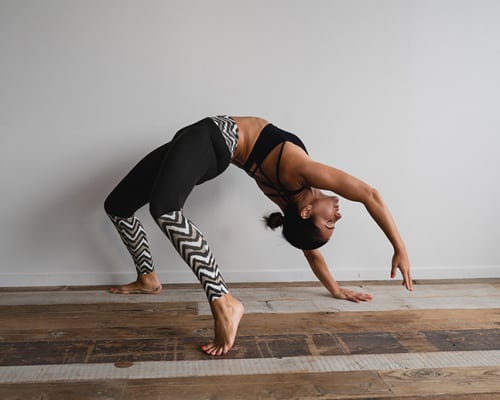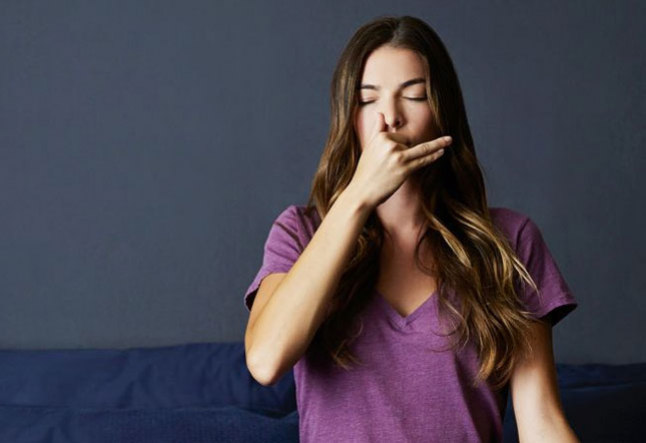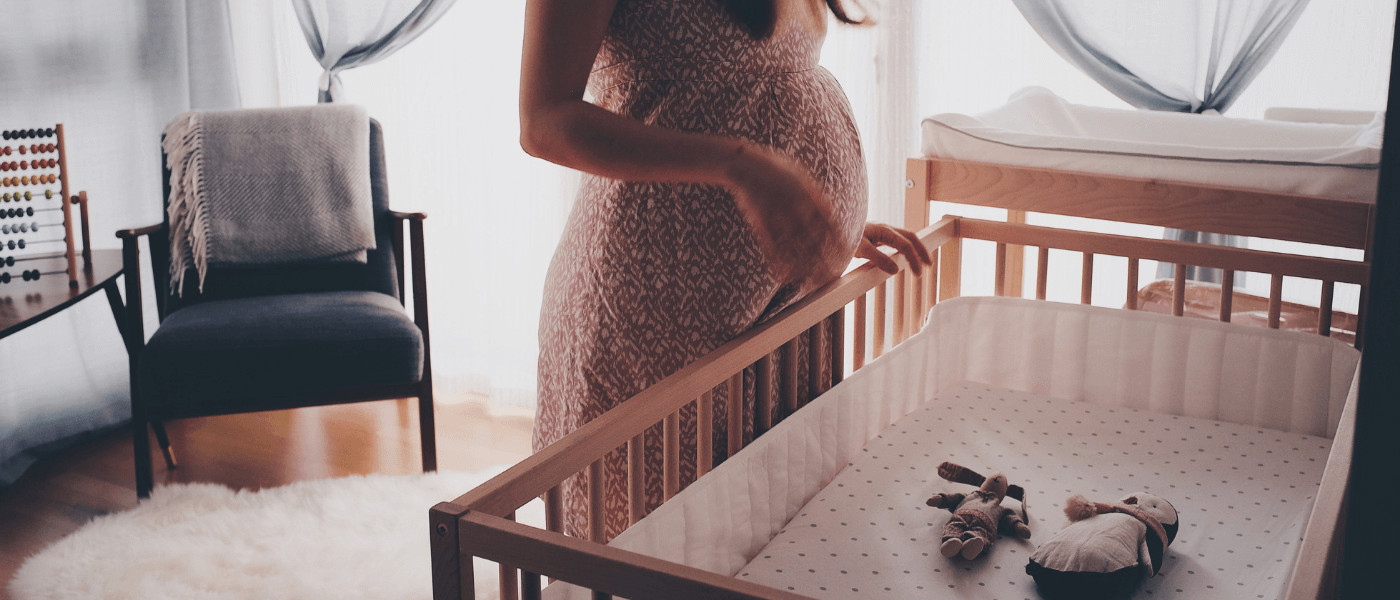yoga as a way to fight fear, depression, and anxiety

yoga for depression and anxiety
One day, you fear waking up each day to face the whole world. Hopelessness takes over, and you feel empty and anxious, The reasons could range from a hectic and unhealthy lifestyle, hormonal imbalances, stress, or an inability to deal with traumatic life experiences.
There are some simple lifestyle changes like yoga, meditation, and dietary habits that could help you to fight depression. The World Health Organization mentioned that globally, more than 300 million people of all ages suffer from depression.
According to Ayurveda, depression is a sign that the body-mind complex has low prana. What Is Prana? Prana is a life-force energy and is responsible for enthusiasm, happiness, and peace.
Before giving you a solution to the depression problem, it helps to understand the causes and symptoms.
Symptoms of Depression:
- Trouble concentrating, remembering details, and making decisions.
- Irritability, anxiousness, and guilt
- Feeling out of control and tensed
- Physical symptoms such as aches and pains, cramps, headaches, digestive issues, breast tenderness, bloating
- Digestive Issues That don’t get Improved, even with treatment
- Thought of Suicidal and attempt them keep coming in
- Lost interest in your relationships and daily activities
Some Causes of Depression:
Family– You’re at a higher risk of developing depression if you have a family history of depression. Biologically speaking, depression runs in families and there is scientific evidence that some genetic make-ups are somewhat more inclined to depression, whereas many genetic make-ups are somewhat more resistant to this.
Abuse– Past physiological, sexual, sexual, or psychological abuse may increase the exposure of clinical depression later in your life.
Death or even a loss- Sadness or despair from the death or loss of a family member can boost the chance of depression.
Here are 5 yoga poses to fight depression
1. Child’s pose
Balasana is made of two Sanskrit words i.e. ‘Bala’ means child and ‘asana’ means pose. This pose is known as the child’s pose because it looks like a young child doing a certain action.
It calms your brain and relieves stress and anxiety. It gently stretches the lower back and buttocks, allowing the body to be relaxed.
Steps to perform this pose:
- Kneel on the floor and rest your buttocks on your heels.
- Then exhale, start bending forward gently and place your chest between your thighs.
- Keep your forehead flat on the floor reaching your arms forward, placing palms flat on the floor.
- Feel the gravitational pull and the stretch on your tailbone.
- Breathe and hold the body in this same posture for 30 seconds before releasing it slowly.
Precautions:
This pose is not for pregnant women, people who have knee or back or ankle injury, and who has diarrhea problem.
2. Downward facing dog pose
Downward facing dog, also known as Adho Mukha Svanasana is a superb pose that allows you to strengthen your arms, shoulders, waist, and core muscles.
It encourages blood circulation to the brain, lengthens your hamstrings and calves, and provides a nice stretch for your spine too. It helps to fight depression by enabling fresh blood to flow into your body.
Steps to perform this pose:
To begin this yoga pose, start on all fours.
Tuck your toes and lift your hips up and back toward the sky. If you can straighten your legs in that position then do it.
Firmly press all points of your palms into the surface beneath you.
Keep your gaze toward your belly button.
Precautions:-
Individuals with a knee or ankle injury, back, or wrist trauma shouldn’t execute this pose.
Women who are pregnant shouldn’t execute this pose.
3. Plow Pose
Halasana lowers the stress in your spine and enhances your posture. It calms your brain, gives it a good stretch, and reduces stress. It keeps headaches and insomnia at bay.
Steps to perform this pose:
Lie flat on your back, with your arms along-side your body.
Lift your legs off the ground at an angle of 90 degrees to the ground.
Put your hands on your buttocks and using them as support, lift your buttocks towards your chest.
Slowly bring your legs up and over behind your head, touching your feet securely on the ground. Do not turn your head when in this position.
Remove the hands from the buttocks, straighten your arms forward, and put them onto the ground with the palms facing downward.
Precautions:
If you have diarrhea, neck injury, and menstruation problems then you must not perform this pose.
If you have asthma or high blood pressure problem then you must not perform this pose. Women who are pregnant shouldn’t execute this pose.
4. Bridge pose
Setubandhasana is a Sanskrit word contain three Sanskrit words. Setu means ‘bridge,’ bandh means ‘to lock’, and asana means ‘pose.’
Setubandhasana is also known as the bridge pose, as this pose resembles the formation of a bridge. This pose stretches both your back and neck muscles in order to relax them. Practice this yoga pose for back pain relief.
Steps to perform this pose:
- Start by lying flat on your back.
- Bend your knees while feet flat on the floor. Keep knees and feet aligned with your hips
- Put your arms beside your body, palms facing downward.
- Slowly lift your hips and pelvis, firmly pressing feet into the floor. Ensure that your head stays centered- do not try to turn your chin.
- Hold your body in this position (40-50 seconds). Breathe normally.
- Slowly lower down, feeling each vertebra of the spine until you feel the waistband of your pants hit the floor.
Precautions:
This pose must not be performed by people’s neck or back injury, knee or shoulder injury.
Women who are pregnant shouldn’t execute this pose.
5. Corpse pose
Steps to perform this pose:
Lie down on your back, letting your arms and legs flop naturally.
Close your eyes and let your body sink into the surface beneath you.
Now concentrate on your breathing, and relaxing each area of the body.
Conclusion
To alleviate depression, I recommend you to do these yoga poses at least 4-5 times a week for 30-45 minutes. Remember to go forward with confidence and live a life with a smile!
You might also like to learn if soma breathing and breathwork meditation really heal pain & anxiety?



